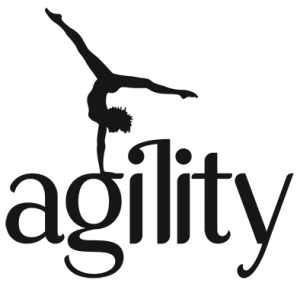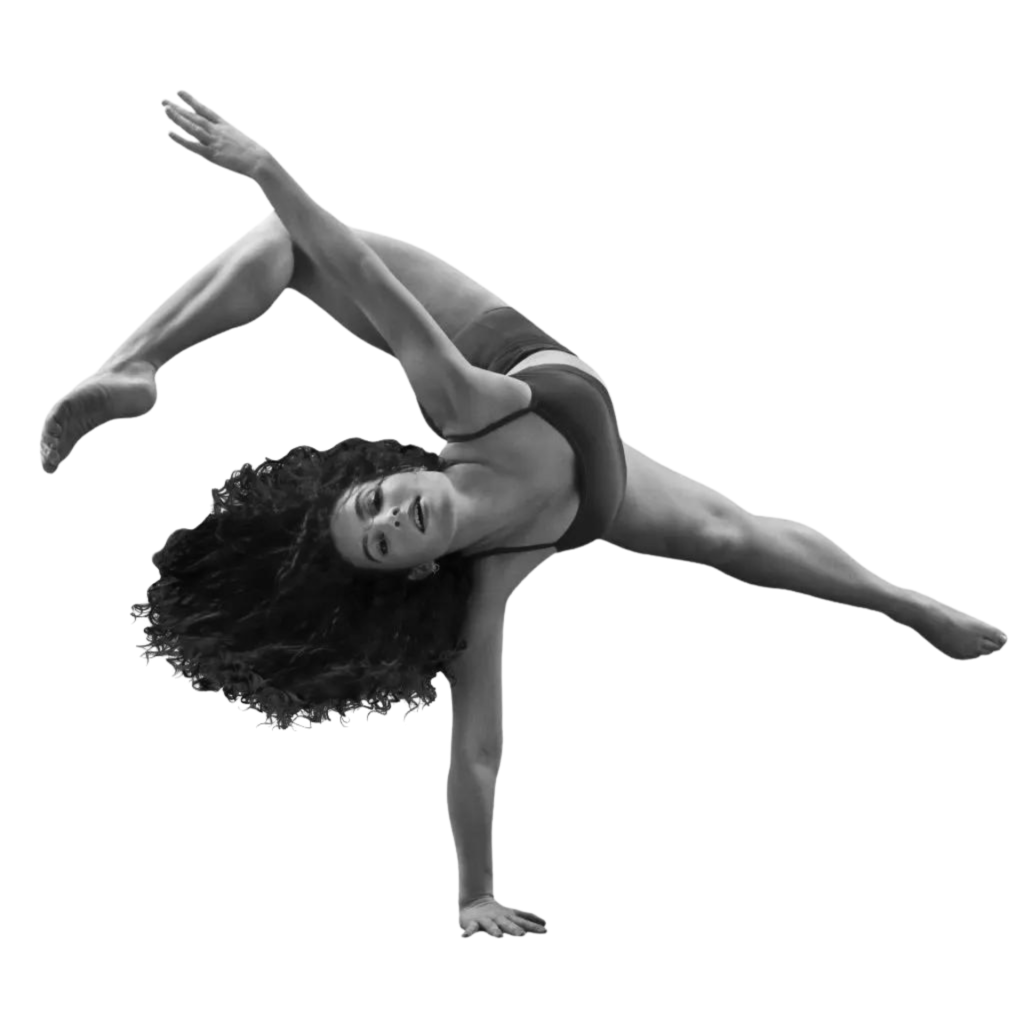Agility Syllabus Information
Overview
Agility is a progressive acrobatic syllabus designed to develop safe and correct technical skills in acrobatic dance. With a focus on safe practices and seamless integration into dance routines, Agility bridges the gap between artistry and acrobatic tricks. Students are guided to master skills with clean, clear technique. More and more, acrobatics is being used to enhance dance performances, so it is imperative that dancers have correct technique.
APDA is committed to creating strong, safe, and artistic dancers who can confidently and safely showcase acrobatic skills on stage. We believe Agility provides the framework to do this.
Philosophy
Our philosophy focuses on building a strong technical foundation with skills progressing step-by-step. Acrobatics is a layered discipline with each new skill being supported by the mastering of a prerequisite skill.
We recognise that every dancer has different strengths. As students progress through the Agility syllabus, they are encouraged to explore specialisations in areas including tumbling, balancing and flexibility/contortion work. Teachers are trained not just to teach skills, but to properly correct and spot students, ensuring safe and supportive learning environments.
Our website provides clear safety videos to accompany the teaching resources. By using these safety videos, APDA teachers can teacher Foundation to Level 3. All teachers wishing to teach Level 4 and upwards are required to receive the Agility teacher accreditation at the bi-annual teacher workshop.


The syllabus comprises of 15 levels and a Teacher Training syllabus
- Foundation Level
- Level 1
- Level 2
- Level 3
- Level 4
- Level 5
- Level 6
- Level 7
- Level 8
- Level 9
- Level 10
- Solo Seal
- Teacher Certificate
- Advanced Teacher Certificate
Students progress from beginner to advanced levels through a clear structure. While there is one main track, older students have opportunities to specialise in their strongest areas, showcasing their flexibility or tumbling skills through their own choreography and amalgamations.
Students
Agility is designed for dancers aged 5–6 years and upwards, catering to all skill levels. It is an ideal addition for both recreational students who want to have fun and competitive dancers looking to enhance their stage skills.
Whether a student wants to master a few tricks for fun or train seriously for performance excellence, Agility provides a clear, safe, and enjoyable path for every dancer.
Content
Agility students are taught a wide range of acrobatic and dance-related skills, including:
balancing techniques
flexibility training
tumbling fundamentals
basic contortion skills (in higher levels)
partner work (partner balancing and partner tricks)
integrated dance elements
Each level features warm-ups which include strength and conditioning components. These components build endurance, technique, and flexibility alongside skill development.
Creative work is encouraged through dance-into-acrobatic sequences. This ensures students learn how to transition seamlessly between skills and dance movement.
Examinations
Student learning the Agility syllabus are able to sit examinations or assessments.
Marking criteria includes:
execution and technical placement
flexibility and strength
correct and fluid transitions between acrobatic skills and dance movements
performance quality and artistry
Performance is a key element in every exam, reflecting the importance of dance artistry alongside technical proficiency.
Choreography
Each Agility level includes Set Amalgamations. These routines combine acrobatic skills and dance elements to help students integrate their technique.
From Level 5 upwards, students also create their own choreography to showcase personal strengths and favourite skills. Additionally, each level features a Teacher Dance which is choreographed by the class teacher.
Educators
Agility was developed by experienced industry professionals with comprehensive backgrounds in acrobatics, dance, and education. Our creators have decades of combined experience in performance, adjudication, and syllabus development, ensuring that Agility is a safe, effective, and inspiring curriculum.
Music
Teachers are always welcome to use their own music for classes and performances provided the BPMs are the same.
The first four levels of Agility feature themed music, designed to engage younger dancers and bring fun and variety to their training. As students move into the higher levels, popular and current music is used to keep classes fresh, relevant, and inspiring.
FAQ's
Do students need previous acrobatic experience to start Agility?
No, Agility is designed for dancers starting from beginner level upwards. Strong foundations are taught from the very beginning to ensure safe, progressive learning. Unlike the other APDA genres, however, all acrobatic students must attain the skills from Foundation level upwards before moving and sitting examinations in the level of their age group. This is a safety precaution to ensure all foundation skills are achieved.
Is Agility suitable for non-dancers?
While Agility is designed with dance integration in mind, students without previous dance experience are welcome and will benefit from the strength, flexibility, and acrobatic training.
Can teachers choose their own music for Agility routines?
Yes. Teachers have the freedom to use their own music for classes and choreography, although themed music is provided and recommended for the younger levels. If using self-selected music, teachers must ensure the BPMs (beats per minute) are the same.
Will students be able to specialise in certain acrobatic skills?
Yes. As students reach the higher levels, they are encouraged to specialise and showcase their strengths in areas which include tumbling, flexibility and balancing.